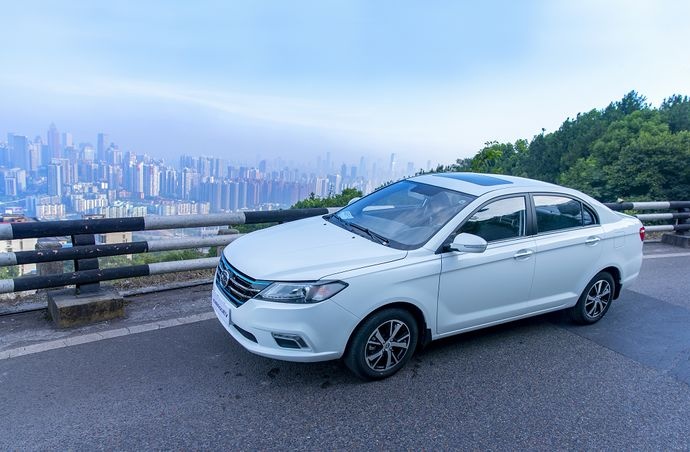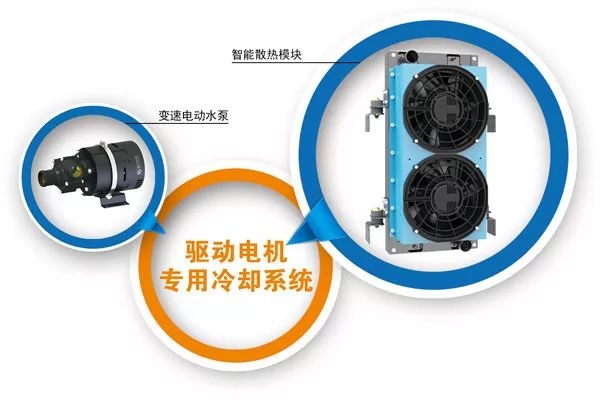|
|
|
|
|
|
1. Uniform heat dissipation, high heat dissipation efficiency, and good heat dissipation effect;
2. Strong working reliability;
3. Good weather resistance, less affected by the environment;
4. Relatively small noise;
|
1. The heat dissipation system has a complex structure and high safety requirements;
2. High cost;
3. After-sales maintenance is difficult;
|
|
|
1. The heat dissipation system has a simple structure, fewer parts and light overall weight;
2. Low cost;
3. Less difficult after-sales maintenance;
|
1. Uneven heat dissipation, low heat dissipation efficiency, and poor heat dissipation effect;
2. Poor working reliability;
|
|
Note: The mainstream heat dissipation method of motors in the industry is water cooling.
|






























 XINDA
XINDA